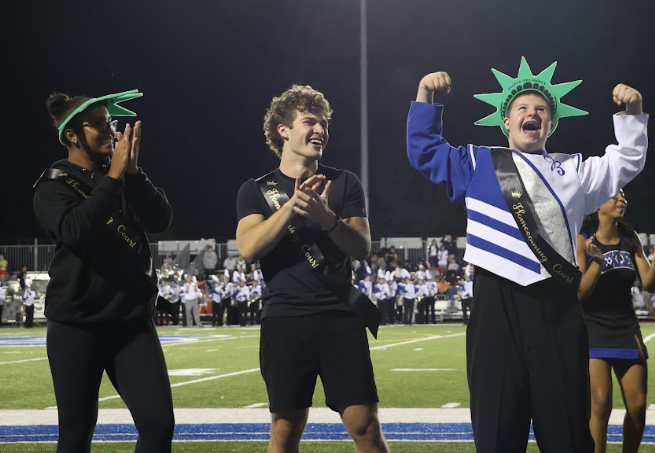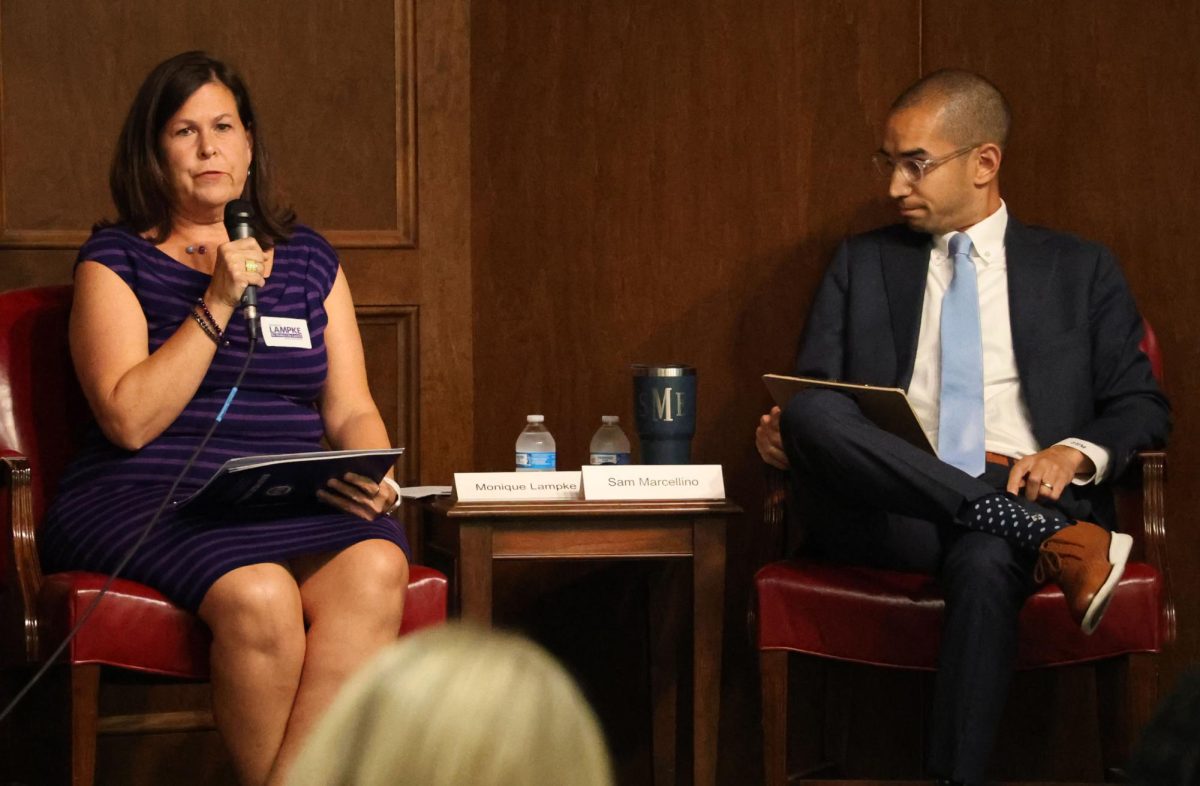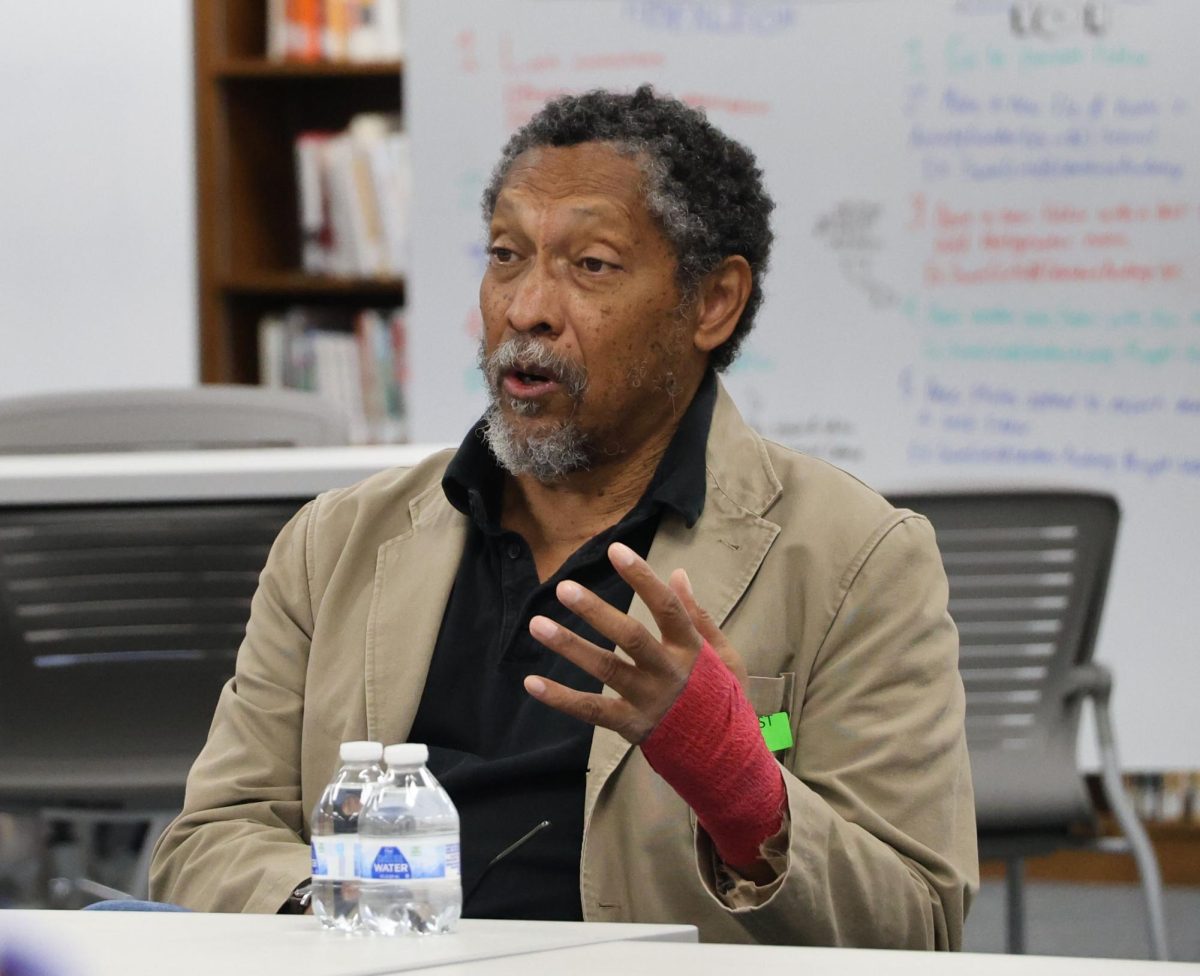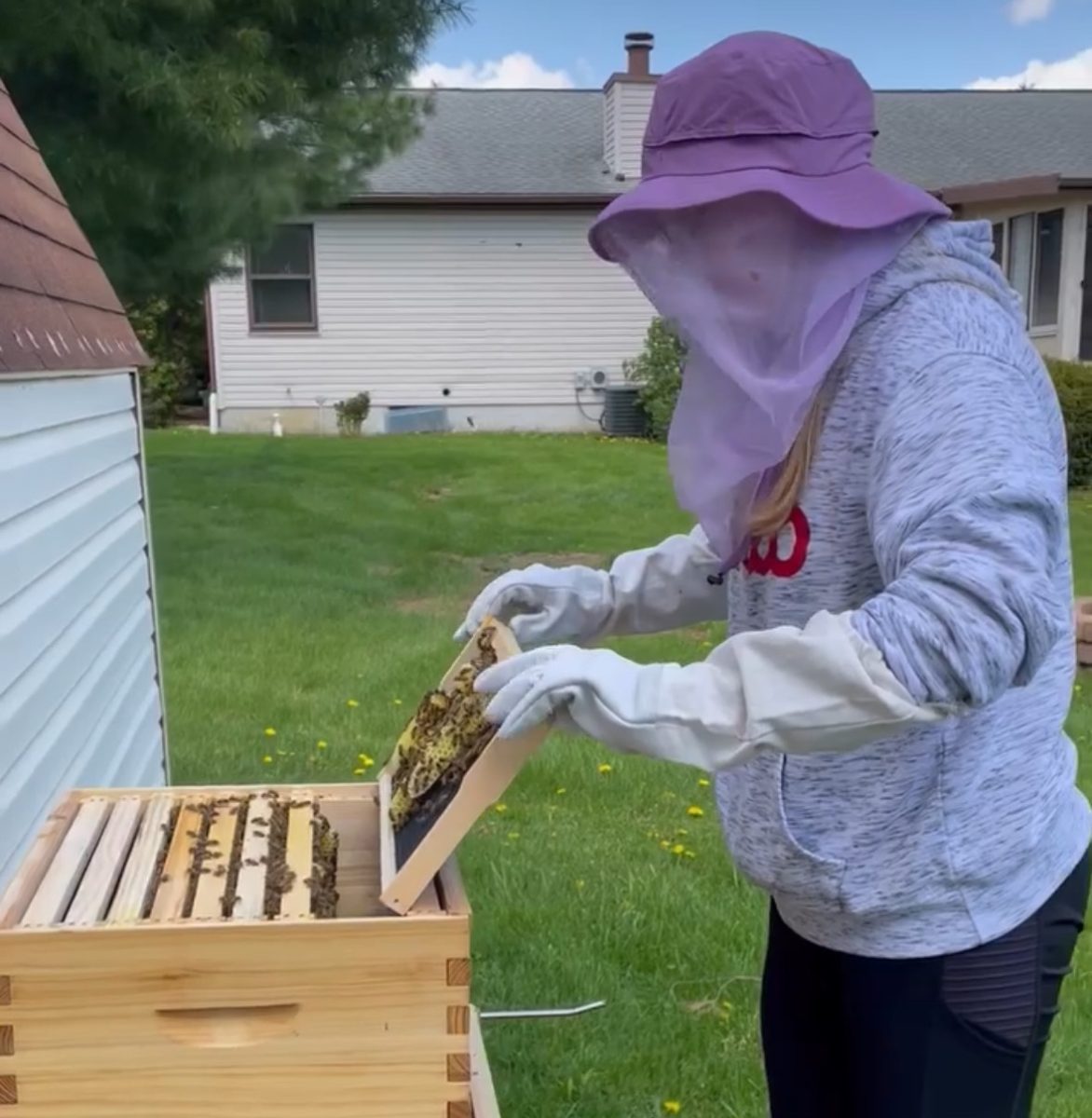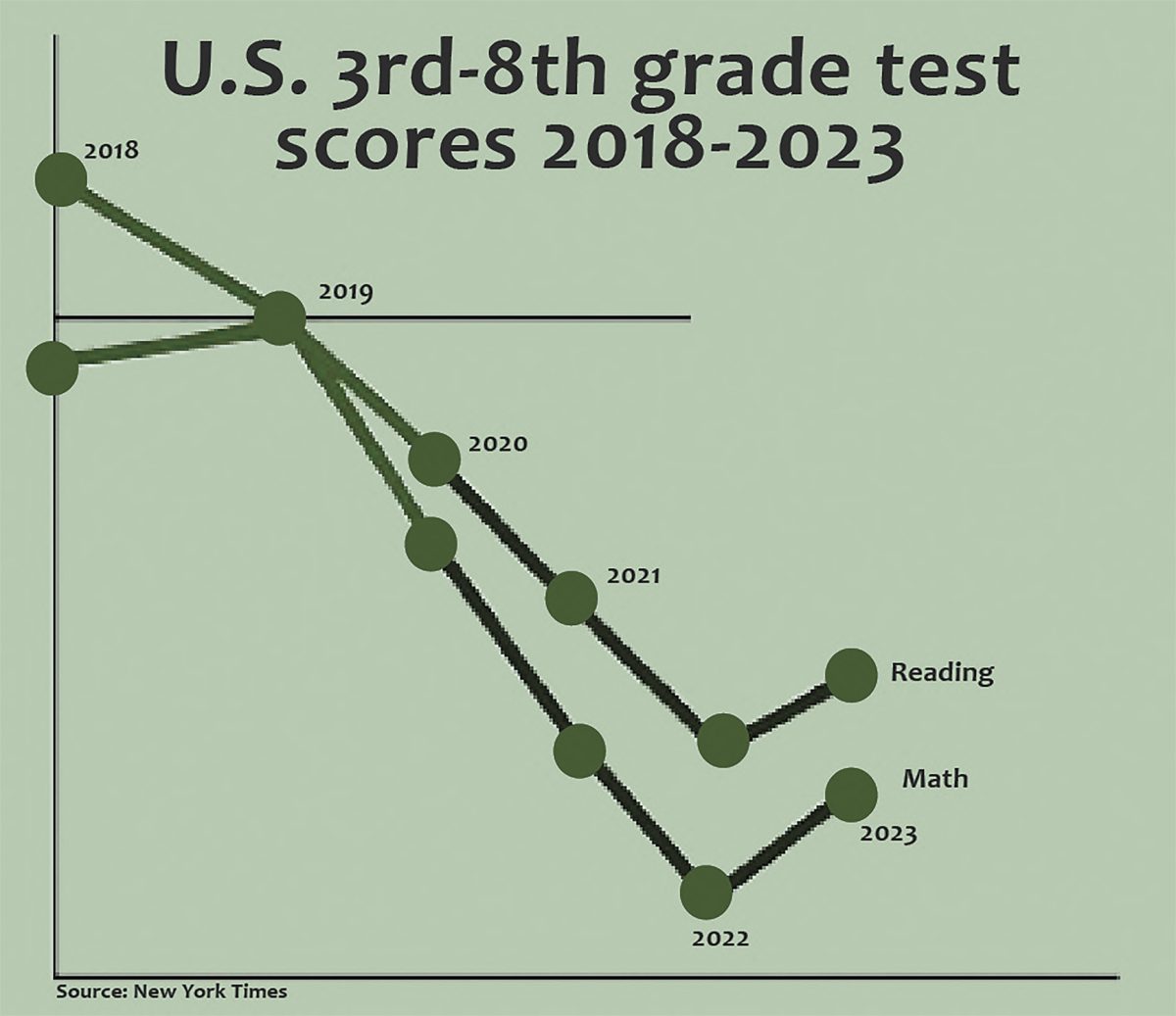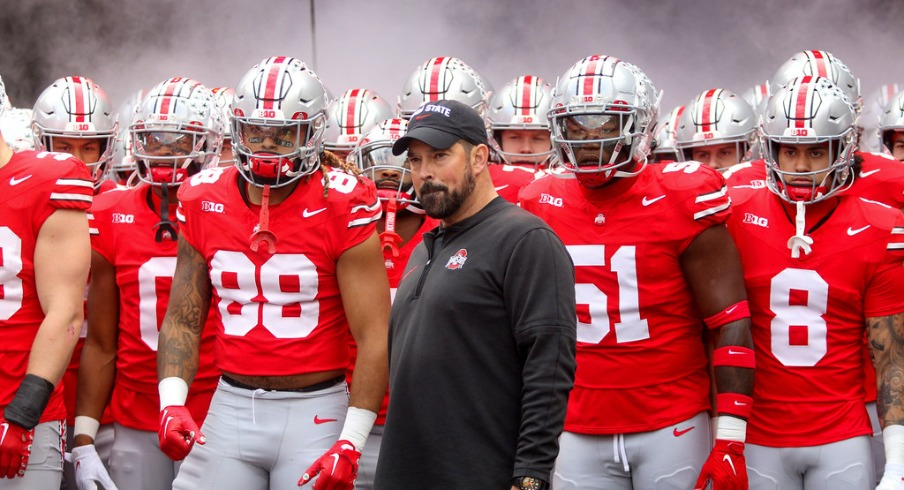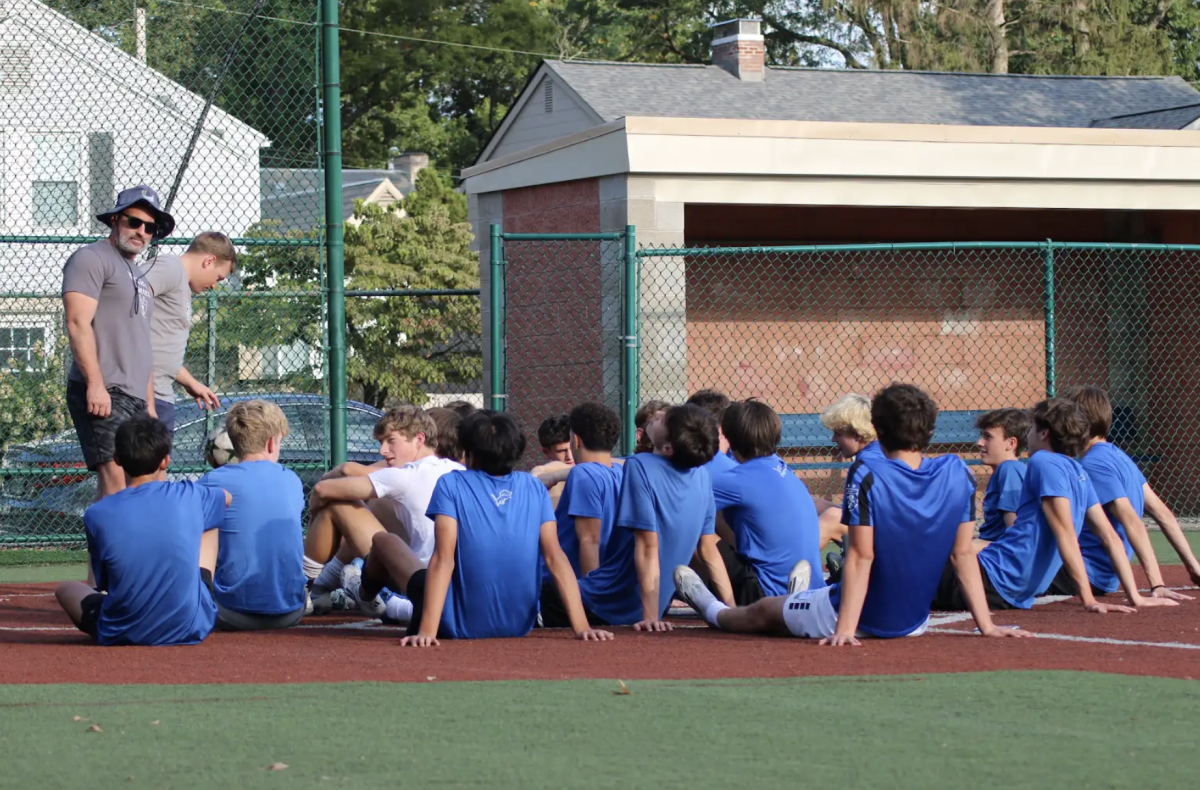A teenager is at a party with their friends, having a drink and a good time. Unbeknownst to them, someone takes a picture of them holding a beer and posts it online. They may not think much of it in the moment, but when they are suddenly called into the principal’s office the next week, served with an athletic suspension and forced to spend the rest of their season sitting on the bench, that one photo becomes extremely consequential.
Drug and alcohol usage is rampant amongst adolescents: according to the National Institute on Drug Abuse, about two-thirds of all high school students have tried alcohol and 47% have tried drugs by the time they graduate.
While it may seem harmless, for student-athletes, drug and alcohol use can have damaging effects on their performance and stature within sports.
As outlined in the Secondary Schools’ Student Handbook, students’ engagement in drug or alcohol usage on school property is immediate grounds for suspension or expulsion.
However, Principal Jason Caudill said student-athletes are required to adhere to a separate code of conduct that sets explicit guidelines.
According to the Bexley Board of Education’s policy IGDL-R, if a student-athlete is found to have violated the high school’s drug and alcohol policy, they will automatically lose any captain role held within their sport and be suspended from participation in athletic events from 15% to 50% of the season, depending on the student’s previous offenses. The punishment stands regardless of whether an offense took place on school grounds or not.
If student-athletes are found to have violated the policies, Caudill said, the administration takes actions to suspend extracurricular involvement.
He explained the district can start an investigation of a student after receiving evidence from multiple sources, and investigations do not always result in punishments.
“We receive information about possible violations from a variety of sources: students being observed by staff, self-reports, police reports, parent reports and social media or shared photos,” he said. “But, just because we investigate doesn’t mean we find enough evidence to determine a violation occurred.”
English teacher and varsity boys basketball head coach Todd Phillips said the drug and alcohol policy has shifted over the years. He explained the administration has gotten more involved in investigations, penalties have shifted away from academics, and coaches have had to make a greater effort to notify athletes and families of potential consequences.
“There is communication immediately between the administration and myself,” he added. “I know pretty quickly if there is going to be a punishment handed down.”
Athletic Director Eli Goldberger explained the Athletic Board, composed of athletes, coaches and administrators, does the bulk of revising policy IGDL-R. He said if issues regarding the policy come up during meetings, the Board can propose an edit to the Board of Education.
“All we do is recommend,” he explained. “The Board can decide whether or not they’re going to change policy, but they look at our work and then make a decision based on it.”
He added a continual goal of the Athletic Board is to make the policy a learning opportunity for students, as opposed to strictly punitive.
“We really try to make it an educational thing for the kids,” he said. “You made a mistake, but hopefully you can learn from it and move on. It doesn’t mean as coaches, we think any differently of you than we did before.”
Senior Nate Allen* said he underwent an investigation after a photo of him with an alcoholic beverage was submitted to the administration. After he was found to have violated the policy, Allen said he was forced to sit out of practice and games for approximately two weeks. Allen explained he was surprised when he found out he was under investigation due to the atmosphere surrounding drug and alcohol use amongst his peers.
“Everyone around me was drinking…it seemed like a normal thing to do,” he added.
Allen said he felt more impacted by his punishment than his alcohol use. Once he had finished his mandatory suspension, he found it difficult to keep up with the strain of practices and games, he explained.
“You would be surprised how out of shape you can get when you go from practicing every day to not at all,” he said.
Additionally, Allen said he lost playing time, which hindered his relationship with his sport. It became harder to stay motivated and perform to the best of his abilities, he added.
“It’s not like I was going to go pro or anything, but I definitely wasn’t as dedicated,” Allen said. “I just felt like it didn’t matter as much because I wasn’t going to play anyways.”
Goldberger said decisions regarding playing time post-suspension are up to coaches. He added once an athlete undergoes their suspension, they do have to work harder to be caught up performance-wise.
“You might have missed 15% of your season, but you’ve also missed some critical learning points,” he said. “You’re not just jumping right back into the starting lineup when you come back.”
Junior Macie Brennon*, a student-athlete who has not violated the policy, said she wished more coaches were willing to have open conversations about drug and al-
cohol use.
“It’s an elephant in the room,” Brennon said. “Whenever we have homecoming, or other events where drinking is involved, our coaches always say, ‘make smart decisions.’ It’s never an explicit thing where they talk to us about alcohol use and its associated risks.”
Phillips said he is mandated to discuss the drug and alcohol policy at the beginning of the season, and he tries to keep the conversation ongoing afterwards. It can be tricky to find a balance between guidance and micromanagement, he added.
Goldberger said conversations about how to talk to athletes about drugs and alcohol are often discussed at coaches’ meetings. He explained these meetings are required for all athletic staff to attend and discuss a variety of topics from administrative duties to building quality relationships with athletes.
“The hope is our coaches are building relationships with their student athletes and are aware of potential problems before they arise and can talk to kids about making good decisions,” he explained. “We talk a lot about preventative things we can do as coaches to make sure kids are being smart.”
Brennon said she believes student-athletes at Bexley benefit from coaches turning a blind eye to drug and alcohol usage.
“We get away with a lot of things,” Brennon explained. “I know our coaches are aware to some extent, but they definitely haven’t made an effort to display their emotions or talk to us about it.”
Goldberger added the turnover of athletic staff has led to discrepancies amongst coaches’ conversations surrounding drug and alcohol usage in the past.
“These are seasonal contracts and sometimes they change from year to year,” he explained. “You might have a new coach, there’s a lot going on and they haven’t necessarily built the relationships to have those conversations with their teams yet.”
Allen said he felt remorseful following his infraction, but it didn’t hinder his substance use afterwards.
“I just learned how to not get caught,” he added.
Phillips said he is aware of the drug and alcohol use which likely goes on amongst his athletes.
“The stats are there and the data is there,” he said. “There probably is someone partaking on my team every year that gets by with it. But when they don’t, it impacts the whole roster.”
Goldberger added while infractions certainly can go unreported, overall the district does not have a substantial issue regarding violations of the policy.
“In my nine years here, we have had issues, but we have over 700 student-athletes a year between grades seven through 12, and I can count on one hand the number of incidents we have a year,” he explained.
Brennon said her perspective on alcohol and drug use had shifted after learning about the intricacies of the policy.
“Every kid is scared to get caught drinking, but it has more impacts than you would think, especially since it can essentially destroy a sports season and damage your athletic career,” she said. “It is really scary.”
*Names have been changed

